Subtotal: KSh83,800.00
-
- The fifth string is a low B string, expanding the bass guitar’s range by five extra semitones. This allows players to reach deeper bass notes, giving more flexibility in both rhythm and melody.
- It’s ideal for genres where a heavy low end is required, such as metal, funk, and certain subgenres of jazz and gospel music.
- High-Quality Pickups:
- Professional 5-string basses typically feature active or passive pickups. Active pickups provide more tonal control and power, while passive pickups offer a warmer, more vintage tone.
- Humbucker pickups or split-coil pickups are common, which help reduce noise and produce a clean, balanced sound.
- Construction:
- Body material: The body is usually made from woods like ash, alder, or mahogany, chosen for their tonal characteristics and durability. These woods contribute to a rich and resonant sound.
- Neck: A 5-string bass typically has a sturdy neck made from maple or rosewood, which provides stability and smooth playability.
- Fingerboard: The fingerboard can be rosewood, ebony, or maple, providing a smooth playing surface for easy navigation across the strings.
- Scale Length:
- A 5-string bass usually has a longer scale length, typically 34 to 35 inches, which helps maintain the tension and clarity of the lower strings, particularly the low B string.
- Bridge and Tuning Stability:
- Professional 5-string basses come with high-quality bridges, often locking or fixed bridges, to ensure better tuning stability and sustain.
- Tuners: Precision tuning machines help maintain tuning stability even with the thicker low strings.
- Tonal Controls:
- Most professional models have advanced tone-shaping controls, including 3-band EQ, which allows you to adjust the bass, mids, and treble frequencies.
- Some models may also have coil-tap switches or active/passive toggles, giving you even more versatility in crafting your sound.
- Versatility:
- The extended range and tonal versatility of a 5-string bass make it suitable for a wide variety of musical styles, from groove-heavy funk to progressive metal and smooth jazz.
- The extra string enables players to play complex bass lines and solos that would be more difficult on a standard 4-string bass.
Applications:
- Studio Recording:
- The 5-string bass is commonly used in studios for its deeper tones and flexibility, particularly in genres where a strong bass presence is essential. It’s a favorite for session players who need to cover a wide range of styles.
- Live Performance:
- Bass players in genres like metal, gospel, and funk often prefer 5-string basses for live gigs because the extra low range adds depth and power to the live sound, allowing them to hold down the low end with authority.
- Genres:
- Rock and Metal: The low B string delivers the heavy, powerful bass needed for aggressive music.
- Jazz and Fusion: The extended range allows for more melodic playing and complex bass lines.
- Funk: The additional string enhances slap bass techniques and funk grooves.
- Gospel: Many gospel bassists favor 5-string basses for their low-end capabilities in creating rich, soulful tones.

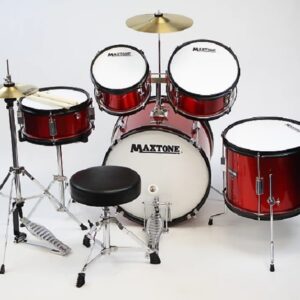 Maxtone Junior Drum set 5Piece
Maxtone Junior Drum set 5Piece 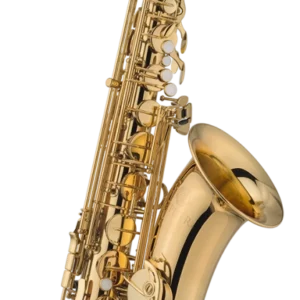 Tenor Saxophone
Tenor Saxophone 
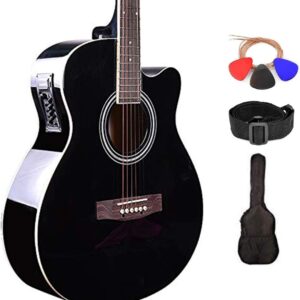
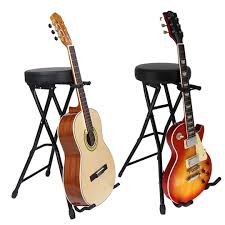
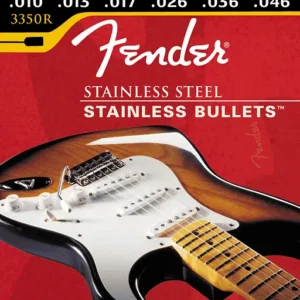
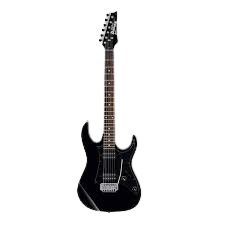
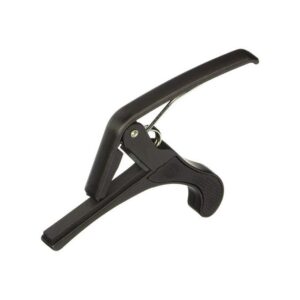
There are no reviews yet.